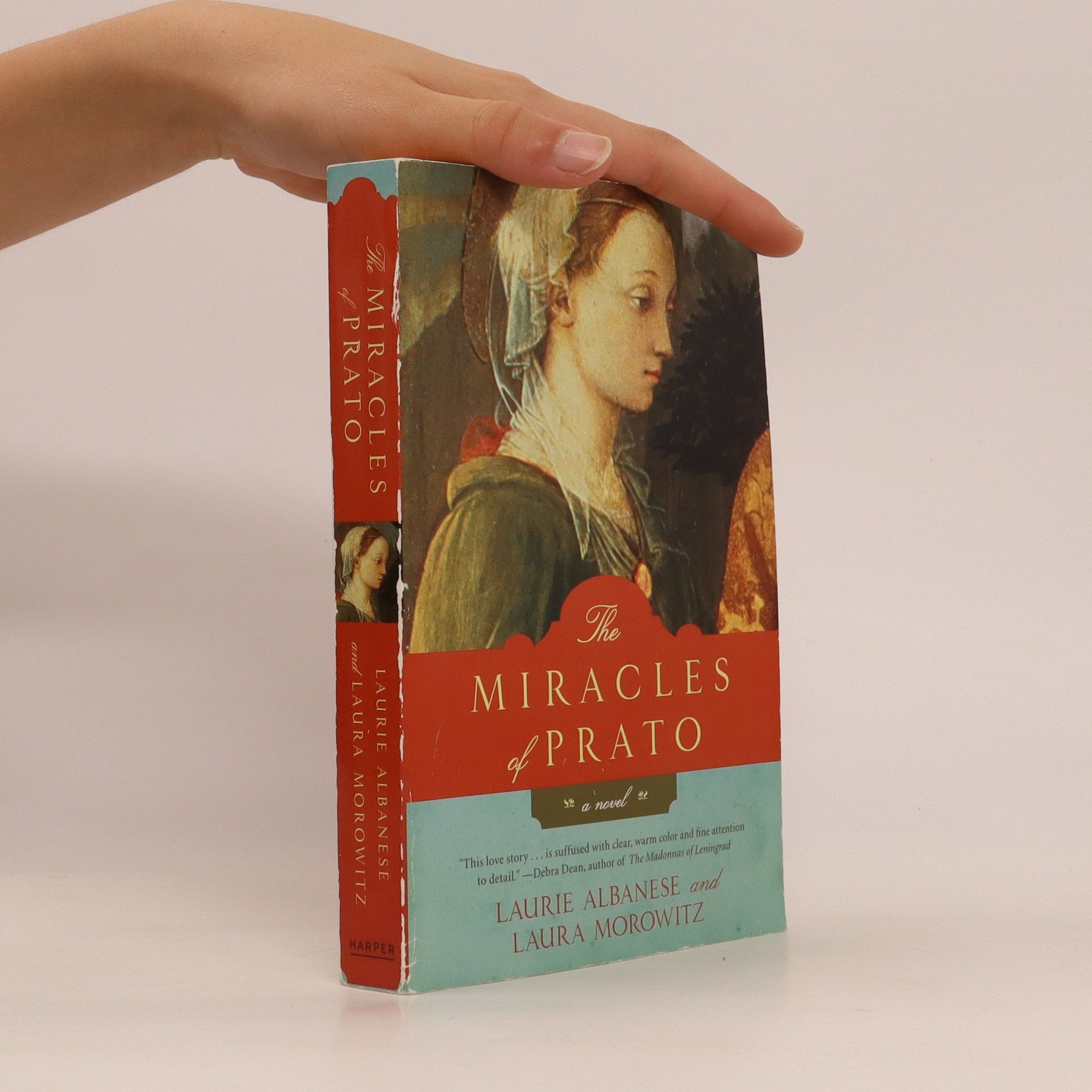Italy, 1456. The Renaissance is in glorious bloom. A Carmelite monk, the great artist Fra Filippo Lippi acts as chaplain to the nuns of the Convent Santa Margherita. It is here that he encounters the greatest temptation of his life, beautiful Lucrezia Buti, who has been driven to holy orders more by poverty than piety. In Lucrezia's flawless face Lippi sees the inspiration for countless Madonnas and he brings the young woman to his studio to serve as his model. But as painter and muse are united in an exhilarating whirl of artistic discovery, a passionate love develops, one that threatens to destroy them both even as it fuels some of Lippi's greatest work.
Laura Morowitz Books




Exploring the cultural history from the end of the Franco-Prussian War to the 1905 separation of Church and State, the book highlights the fascination with the medieval past during a time of significant industrialization. It delves into how this historical period influenced societal values and identity amidst the transformative changes of the era.
Art, Exhibition and Erasure in Nazi Vienna
- 218 pages
- 8 hours of reading
Focusing on three contemporary art exhibitions at the Vienna Künstlerhaus during the National Socialist regime, the book explores how these events sought to eliminate cultural elements deemed incompatible with Nazi ideology. It delves into the themes of urban identity, the representation of Jewish women, and the cultural legacy of fin-de-siècle Vienna, highlighting the intersection of art and politics in a tumultuous historical context.